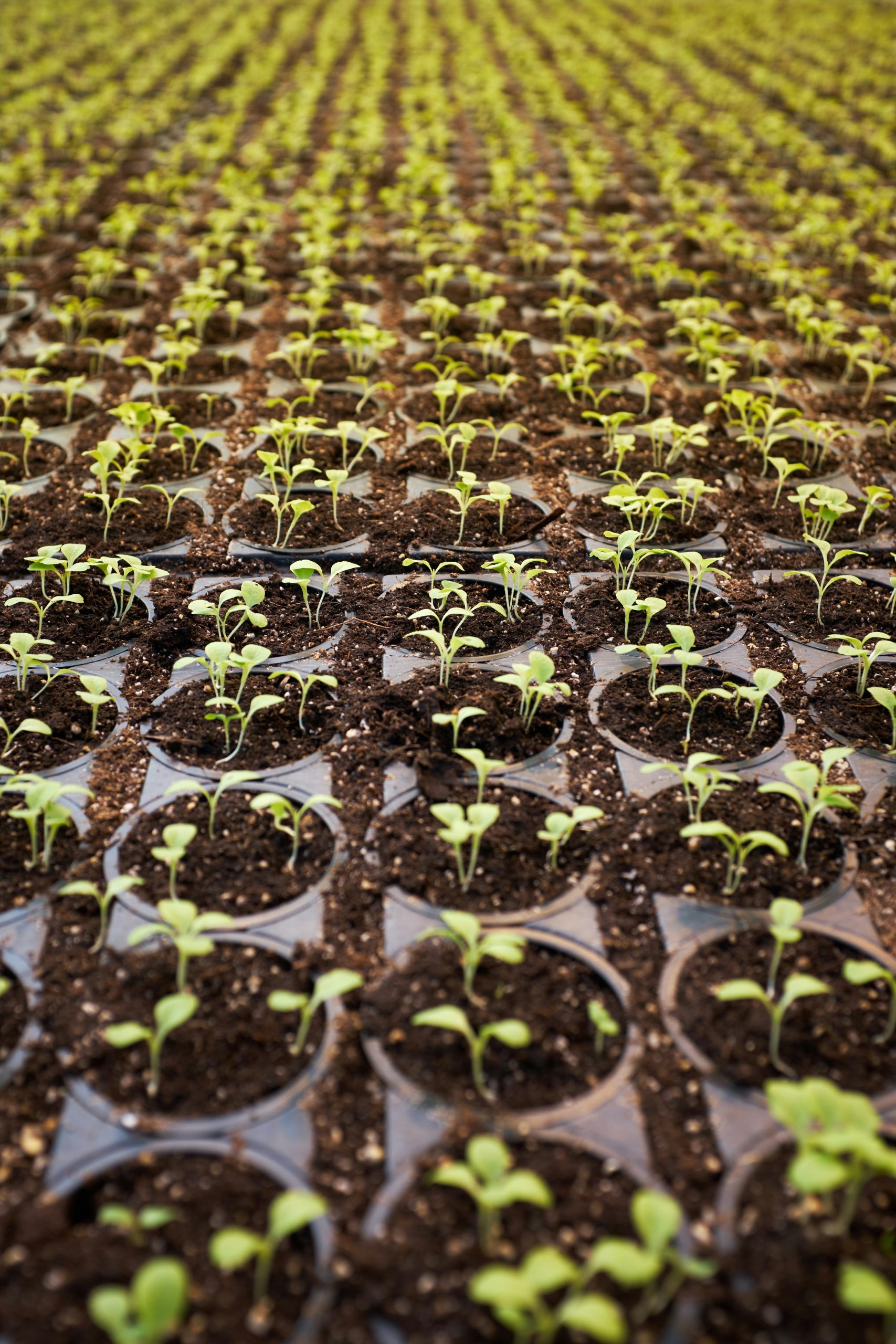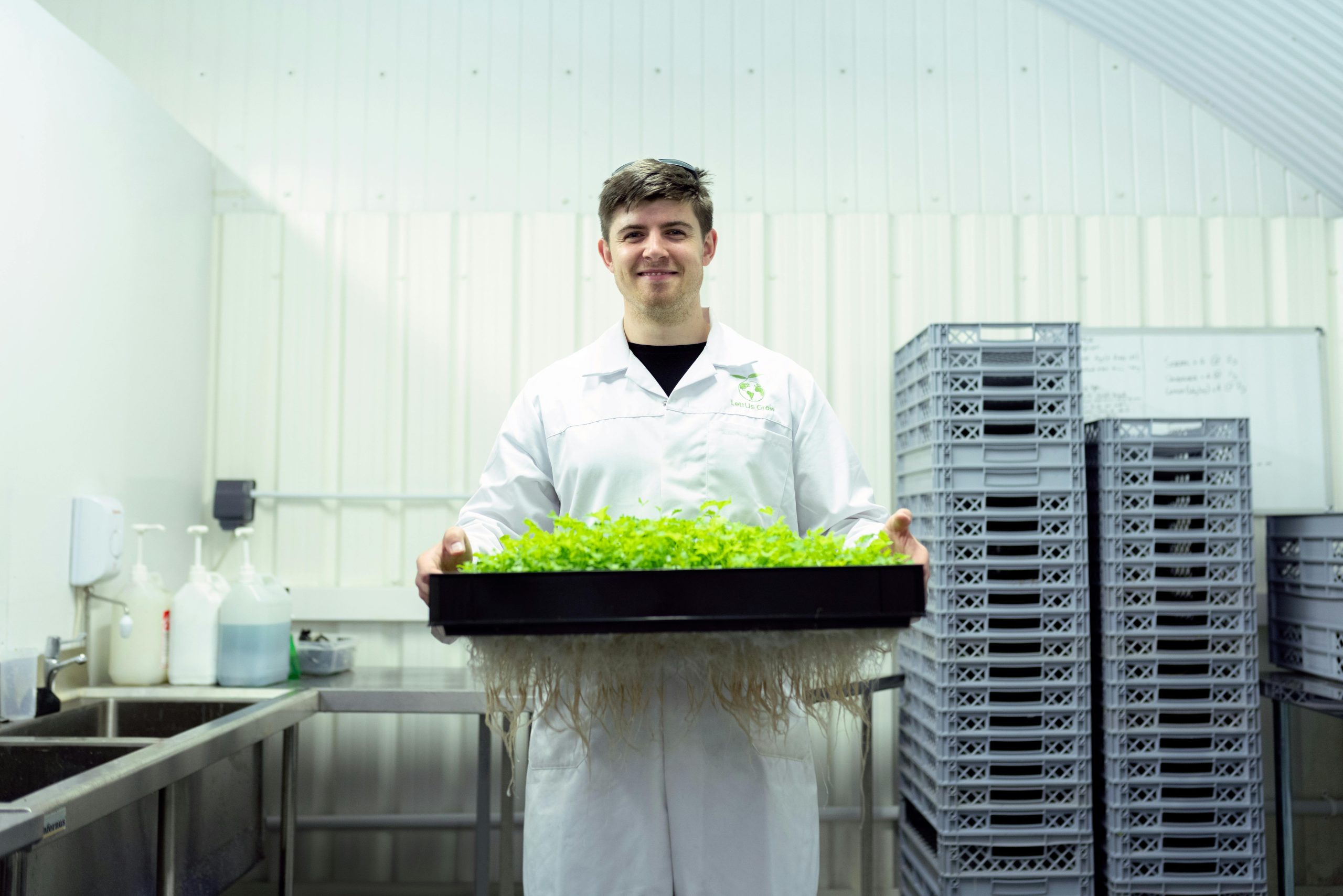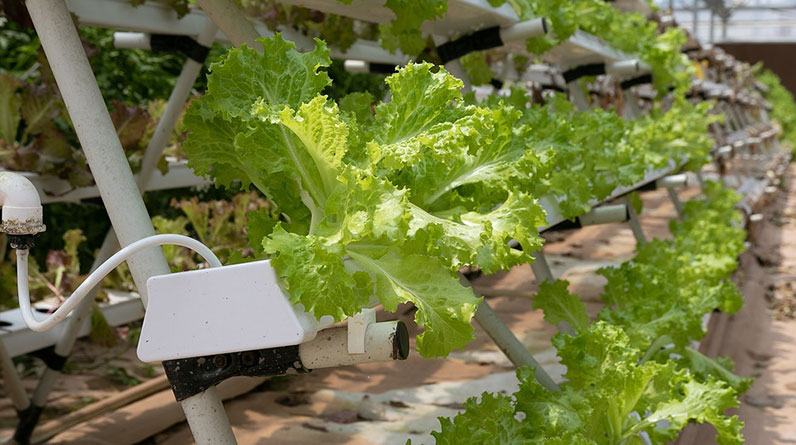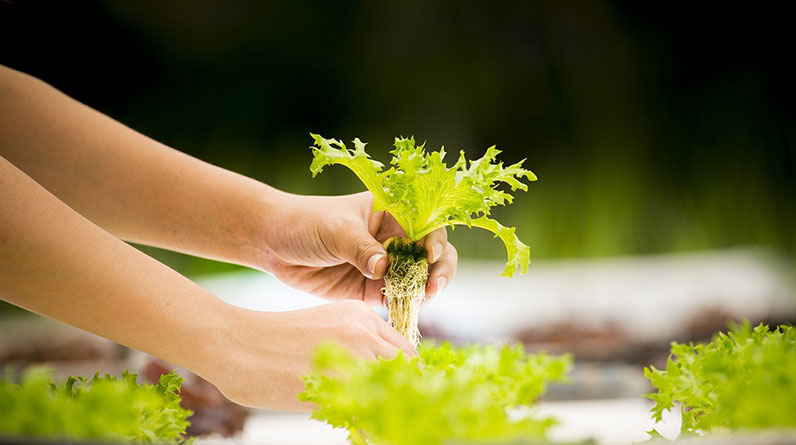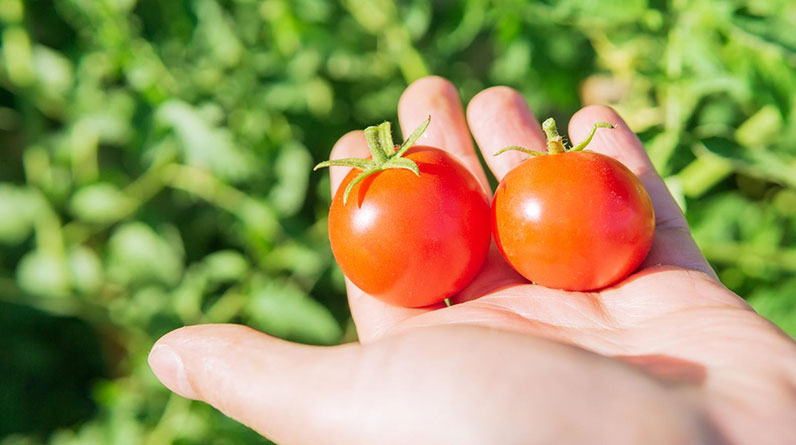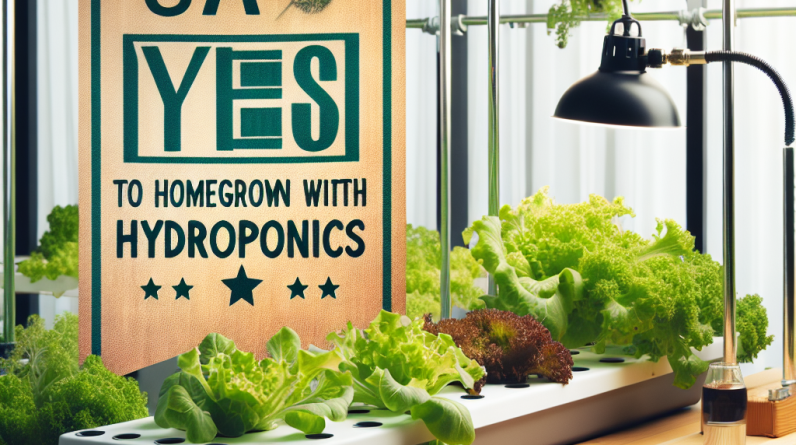
Understanding Hydroponics
What is Hydroponics?
So, let’s roll with the basics. Hydroponics is a method of growing plants without soil, using nutrient-rich water instead. It sounds a bit sci-fi, right? But it’s been around for ages, and trust me, once you get a handle on it, you’ll feel like a plant-whispering wizard in no time!
Here’s the scoop: plants get their nutrients from dissolved substances in water, which means they can thrive almost anywhere, even in small spaces. I’ve found that this can be a game-changer, especially for those of us living in apartments or urban settings.
One of the coolest things about hydroponics is how efficient it is. You use way less water compared to traditional gardening, and you can grow a variety of plants all year long. No more waiting for that perfect season—you can just say, “Why not?” and dive into a sea of greens!
The Benefits of Going Soil-less
Now, let’s chat about the benefits. For starters, hydroponics allows for faster plant growth. It’s not just a rumor; it’s legit science. Without soil, plants can absorb nutrients directly and grow up to five times faster than they would in traditional farming!
But wait, there’s more! Since you’re not dealing with soil, you can say goodbye to pests and diseases that typically plague gardens. My own hydroponic setup has seen less hassle with bugs, and honestly, that’s a major win.
Lastly, think about the space you save! You can pack a lot of plants into a smaller area, whether you’re using vertical systems or compact grow boxes. I’ve managed to turn my tiny balcony into a mini garden paradise, and it’s been such a rewarding experience!
Types of Hydroponic Systems
When stepping into hydroponics, it’s crucial to know the different systems out there. The main players are Nutrient Film Technique (NFT), Deep Water Culture (DWC), and Aeroponics. Each has its own vibe, so let me break ’em down.
NFT is all about that continuous flow of nutrient solution, allowing roots to breathe while keeping them nourished. It’s pretty low-maintenance, though you gotta keep an eye on the pump!
DWC is where roots float in a nutrient solution, and I’ve found that it produces some seriously juicy plants. Just be sure to keep the water oxygenated for happy roots. Oh, the rewards are fantastic, trust me on this one!
Setting Up Your Hydroponic Garden
Gathering Supplies
Okay, let’s get down to the nitty-gritty of setting up your system. First off, you’ll need some basics: a hydroponic system (duh), grow lights if you don’t have enough natural light, and a nutrient solution, which you can get from local garden stores or online.
Don’t forget about your growing medium! Rockwool, clay pellets, or expanded glass are great choices. I personally love using rockwool for its excellent moisture retention and aeration.
And hey, make sure you have pH test kits handy to monitor the water quality. Those little guys will help ensure your plants are thriving. A nice little tip? Keep a journal of your setup process; it’s so satisfying to look back and see how far you’ve come!
Choosing Your Plants
Your journey doesn’t stop at supplies! Picking the right plants is crucial for your hydroponic success. Start with easy, forgiving plants like lettuce, herbs, or tomatoes. They’re perfect for beginners and will boost your confidence!
As you become more comfortable, experiment with different varieties. I’ve had a blast growing basil and mint; they add a fresh touch to meals and make for some dynamic flavor explosions!
Remember to consider the light requirements of your plants too. Some love the sun and others need low light. Once you figure that out, you’ll be on the path to a lush garden bursting with life!
Maintaining Your Hydroponic System
Now that your setup is ready and your plants are growing, let’s talk maintenance. Consistency is key! Ensure your nutrient solution is on point, and pay attention to the water levels—it can fluctuate quickly.
Cleaning your system regularly is a must. Algae can grow, and other gunk might build up, which can affect your plants’ health. I make it a monthly ritual to check my system, and it pays off big time!
Also, don’t underestimate the power of observation. Watch your plants closely for any signs of stress or nutrient deficiencies. Trust me, a little TLC goes a long way toward ensuring your green babies stay vibrant and healthy!
Harvesting and Enjoying Your Crops
When to Harvest
After putting in all that effort, the moment you’ve been waiting for is finally here—harvesting! Knowing when to pick your crops is essential. For leafy greens like lettuce, you can start harvesting as soon as they’re big enough to eat.
With tomatoes, wait until they’re fully colored and firm but slightly soft; that’s when you know they’re bursting with flavor. It’s like a treasure hunt in your own backyard! The pride in picking your own fruits and veggies is unbeatable.
Keep in mind that regular harvesting can encourage further growth in your plants. So, go ahead and enjoy those first few bites but don’t forget to keep snipping away!
Cooking with Your Homegrown Produce
Now it’s time for the fun part: cooking! There’s something incredibly satisfying about whipping up a meal that includes ingredients you’ve grown yourself. Honestly, it feels like a mini celebration every time.
From fresh salads to aromatic pesto, the flavor just hits different when it’s homegrown. Trust me, you’ll impress your friends and family by telling them, “Oh, this basil? I grew it myself!”
Plus, experimenting in the kitchen with your harvest can be a delightful pastime. I often find new ways to use various herbs—getting creative with recipes can lead to some delicious surprises!
Sharing and Celebrating Your Gardener’s Spirit
Once you’ve started harvesting, it’s time to spread the joy! Share your bounty with neighbors, friends, or family. Homemade gifts are such a delightful touch. I enjoy gifting my excess herbs and veggies; it’s like sharing a little piece of my garden with others.
Getting involved in community gardening groups or local farmers’ markets can spark some fantastic connections. You’ll meet other growers who share tips, tricks, and maybe even some of their secrets!
Let’s not forget, hydroponics can also inspire others to start their gardens. By sharing your journey, you might just ignite someone else’s passion for homegrown goodness!
Conclusion
As you can see, starting a hydroponic garden isn’t just about growing plants; it’s a complete experience. From understanding the systems to harvesting and sharing, each step is woven with excitement and joy. So, whether you have a small nook in your apartment or a dedicated area in your backyard, I encourage you to give hydroponics a try. Happy gardening!
FAQ
1. What are the initial costs for starting a hydroponic garden?
The initial costs can vary widely based on the system you choose and the plants you want to grow. On average, you might spend around $100-$500 to set up a basic system, but it can quickly go up if you opt for advanced setups.
2. How much time do I need to invest in maintaining a hydroponic garden?
It varies, but generally, spending about 15-30 minutes a week is a good ballpark for maintenance tasks like checking nutrient levels, cleaning your system, and observing your plants.
3. Can I grow all types of plants hydroponically?
While most leafy greens, herbs, and some fruits do well in hydroponics, not all plants thrive in this environment. Root vegetables and some larger fruiting plants can be trickier. Always research the specific plants you’re interested in!
4. Is hydroponic food as nutritious as soil-grown food?
Absolutely! Hydroponically grown food can be just as nutritious as traditionally grown varieties because you control their nutrient intake. Plus, the fresher they are, the more nutrients they hold!
5. Do I need a lot of space for hydroponics?
Not at all! You can set up hydroponic systems in small spaces like balconies or even indoors. Vertical farming methods make it possible to grow a ton of plants in a tiny area.




